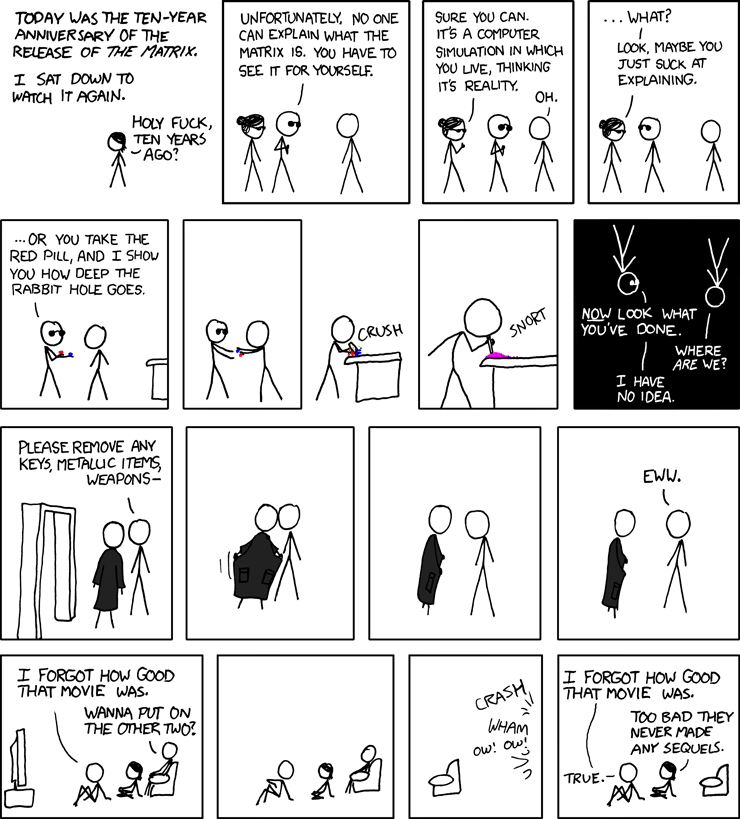I’ve been doing some (work-related) research lately about the Chumby. It’s basically a tiny Linux device with a touchscreen and wireless networking that runs Flash Lite stuffed inside a squishy beanbag (yeah, seriously!). Here are the current specs:
- 3.5″ LCD color touchscreen
- Two external USB 2.0 full-speed ports
- 350 MHz ARM processor
- 64 MB SDRAM
- 64 MB NAND flash ROM
- Stereo 2W speakers
- Headphone output
- Squeeze sensor
- Accelerometer (motion sensor)
- Leather casing
- AC adapter included
- WiFi connectivity
- Access to the free Chumby Network
- Over-the-air software updates
I remember reading about the Chumby several years ago before it was a physical product you could purchase (it was more of a hacker project). It sounded neat, but I didn’t really see the point of an expensive internet-enabled clock radio (and I have a gadget addiction problem, so that’s saying something). It reminded me of those Ambient Orbs sold at Brookstone that would change colors based on the movement of the stock market, or the Nabaztag rabbit. Why would I want that? I just didn’t “get” the purpose of ambient devices.
Well, they’ve come a long way since then. Even David Pogue was impressed with the cushy little gadget and the widgets it can display. Basically you buy the hardware, connect it to your wireless network, configure your account on chumby.com, pick and customize the widgets you want displayed (and there are a lot of them!) and for how long, and then sit back and watch the fun as it pulls everything down via the free Chumby network.
Anyone can develop widgets for the Chumby, given you know how to create Flash applications (which I do not). I’ve downloaded the FlashDevelop environment but haven’t really had the chance to seriously play with it (other than compiling a basic “Hello World” app). I found one person’s attempt at a TiVo widget but have no way of checking it out since I don’t actually have a physical Chumby (yet).
The Chumby can currently be purchased in a variety of colors for $199 (which is a little strange since the David Pogue video from early 2008 mentions the price as $179 … better hardware, maybe?). From what I’ve read the Chumby network is “free” (and should remain that way) because it will occasionally slip “ad” widgets in between the widgets you’ve chosen to display. Also, it’s not battery powered and thus needs to be plugged in (it’s not meant to be a mobile device). It does have a 9V battery connector, but that’s meant only as a battery backup for the alarm clock feature.
So far I am resisting the urge to buy one myself, but Father’s Day is coming up in a few months … 😀
To see what it’s like, I created a virtual Chumby. I configured the widgets it displays and then generated the embed code for this post. You can see a larger version of the Flash application here. Go ahead and click on it, you can actually interact with some of the widgets (like the refrigerator magnet one).
Update 10/10/2013: unfortunately, Chumby closed its doors in 2011 and shut down. There is a basic Chumby service still available, but all it shows is a non-interactive clock.
Update: even that non-interactive clock is gone now. No more virtual Chumby. 🙁


